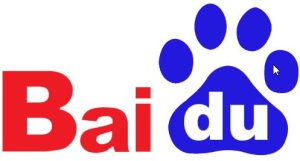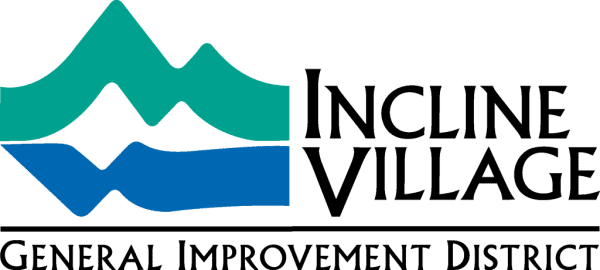Developing a successful SEO strategy requires a methodical approach similar to other marketing tactics. Start by creating and implementing a comprehensive plan by incorporating the following SEO tactics. Regularly test each of the SEO practices and adjust your strategy as needed for the best results.
Set SEO Goals
Before you can create an SEO plan, it is important to know what you want the plan to accomplish. Therefore, your first step should be to prioritize your business objectives and determine the specific goals you want to achieve through your SEO efforts. This could include increasing website traffic, improving search engine rankings, generating more leads or enhancing brand awareness.
Consider SEO Scalability
Evaluate whether you have the resources and expertise to handle SEO in-house or if you need to outsource to a dedicated agency. Companies unable to outsource SEO marketing because of a limited budget can consider self-education through platforms such as Moz and HubSpot Academy. These resources offer a wealth of knowledge to help you develop and enhance your SEO skills over time. If you decide to hire an SEO agency for your business, be sure to check out our 10 Best SEO Services.
Do Keyword Research
Keywords are at the base of any effective SEO strategy. They improve search engine rankings by acting as the bridge to connect users’ search queries with relevant website content. To find the best keywords for your website, it is important to conduct thorough keyword research. SEO tools such as Google Keyword Planner, Semrush and Ahrefs can assist in finding relevant search terms and phrases for your target audience. They can also analyze the search volume and competition for specific keywords or phrases.
Create Website Content
Develop a content marketing strategy that aligns with your SEO goals. Content marketing involves creating web pages, blog posts and other forms of content to attract visitors to your website. Once you gather your targeted keywords, be sure to focus on optimizing individual web pages by including them in headlines, meta tags and throughout the content. If you used WordPress to create your website, be sure to download the Yoast SEO plugin to help with on-page optimization and content analysis.
Technical SEO
While content creation might be the fun part of SEO optimization, technical SEO optimization is the boring, but necessary, part. Technical optimization for SEO includes improving website speed, implementing proper URL structures, optimizing page titles and meta descriptions and using schema markup. Once you think your website is optimized, use Google Search Console or Moz Pro to identify and help fix any remaining technical SEO issues.
Optimize for Mobile SEO
With more than half of all website traffic coming from mobile devices, it is imperative that your website is not just mobile-friendly, but also optimized for mobile SEO. So how do you optimize your website for mobile? First, make sure you build it with a responsive design. This means that it adjusts to any screen size. Google prioritizes mobile-friendly websites in its search ranking. It is also important to keep the load size quick. Slower load times lead to high bounce rates that negatively affect your search ranking. To optimize for quick speed times, make sure to compress images, use browser caching and minimize the use of render-blocking JavaScript and CSS. Finally, make sure your SEO-friendly content is easily consumable on mobile devices by breaking up large chunks of text, using subheadings and incorporating visuals.
Link Building
Backlinks are one-way hyperlinks or “backlinks” from another website to your website. Each backlink acts as a vote of confidence from other websites and increases your website’s authority. Search engines, such as Google, often view these backlinks as indicators of a web page’s quality. Consequently, a higher-perceived quality by Google often translates to a better ranking in search results. Among various SEO practices, “backlinking” is considered challenging with nearly half of companies identifying it as the most difficult aspect. Effective backlink-building strategies include guest blogging, producing content that encourages sharing and interacting with industry influencers. Tools such as Moz’s Link Explorer and Ahrefs can help in tracking and analyzing your backlink profile.
Analyze Competitors’ SEO
Analyzing your competitors’ SEO strategies is an integral part of optimizing your web presence. By understanding what your competitors are doing in terms of SEO, you can gain valuable insights about their tactics and the effectiveness of their approach. With tools such as Semrush and Ahrefs, you can analyze competitors’ keywords, backlinks, estimated total traffic, bounce rate, time on page, top traffic sources and overall SEO performance. You can use the insights gained from a competitor analysis to help identify gaps your business can fill, overlooked approaches and opportunities for differentiation. You might consider molding your unique offerings into some of their successful strategies. Whether it’s about improving your keyword targeting, on-page optimization or link-building strategies, leveraging competitive analysis effectively forms a vital part of a well-rounded SEO strategy.

![Mobile Marketing Automation Service Market [2024]](https://virtual-coach.com/wp-content/uploads/2024/07/research-reports-360x270.jpg)


